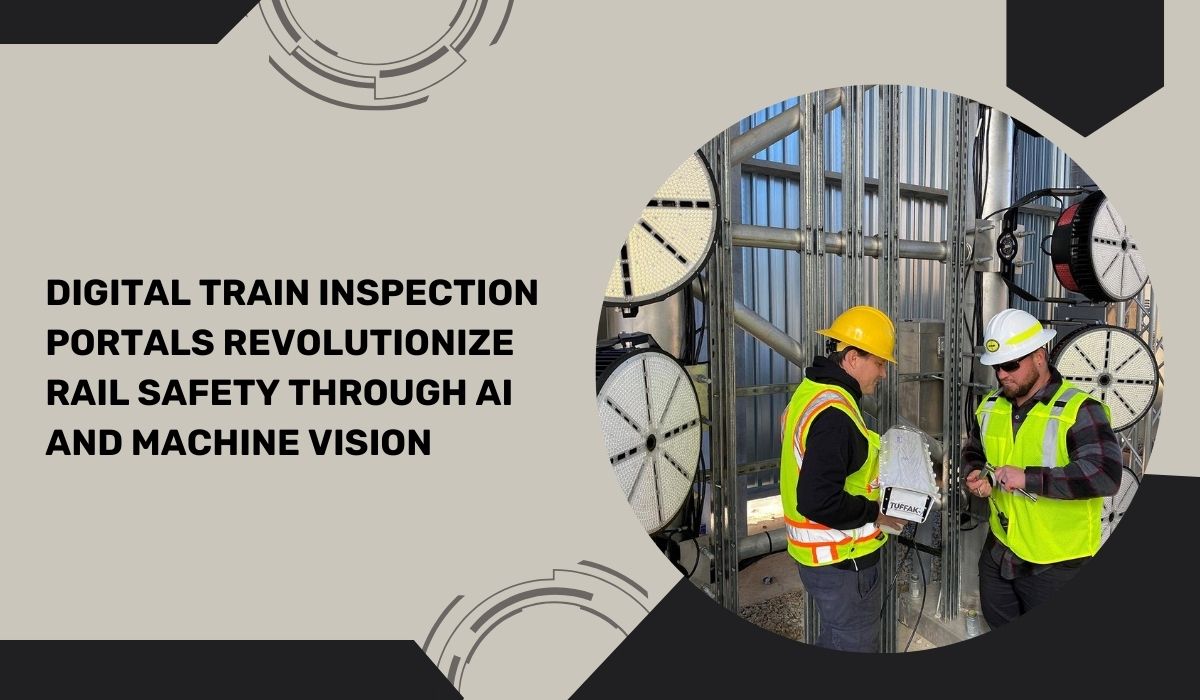
Collaboration between Norfolk Southern Corporation and the Georgia Tech Research Institute (GTRI), a cutting-edge digital train inspection portal has been developed, employing advanced machine vision and artificial intelligence to scrutinize trains moving at speeds of up to 60 miles per hour. The initiative aims to swiftly identify mechanical defects that may compromise rail safety. The machine vision technology within the portals generates comprehensive 360-degree images of key components situated on the front, back, top, bottom, and sides of the train cars. These images are then rapidly analyzed within minutes of a train's passage, enabling immediate reporting of any identified issues.
Presently, two train portals are operational on adjacent tracks in Leetonia, Ohio, with plans to deploy as many as a dozen portals by the end of 2024. One of these forthcoming portals is already under construction near Jackson, Georgia, just south of Atlanta. Mabby Amouie, Chief Data Scientist for Norfolk Southern, highlighted the company's commitment to deploying Digital Train Inspection Portals across its expansive 22-state network. These portals feature state-of-the-art machine vision inspection technology developed in collaboration with GTRI, responsible for engineering the hardware, and Norfolk Southern's Data Science/Artificial Intelligence and Mechanical teams, which have contributed to the program's sophisticated functionality.
Gary McMurray, Division Chief of GTRI's Intelligent Sustainable Technologies Division, emphasized the significance of inspecting trains in motion, stating, "Being able to look at the train while it's moving at 60 miles per hour provides visibility into defects that would be difficult to see otherwise." The machine vision system incorporates 38 high-resolution cameras strategically positioned to capture critical components during the moving inspection, facilitated by powerful lights akin to those used in sports stadiums. Sensors at each portal precisely control the timing of photographs based on the speed of each passing train, optimizing image capture and conserving space in the computer system.
Colin Usher, GTRI Senior Research Scientist, highlighted the real-time capabilities of the system, noting, "Even with a train traveling 60 miles per hour, we are able to calculate in real time when to tell each camera to take a picture." The artificial intelligence algorithms, developed by Norfolk Southern, play a crucial role in analyzing the images, ensuring a combination of high accuracy and minimal false positives. If defects are detected, the AI system promptly reports them, contributing to enhanced rail safety measures across the extensive network.